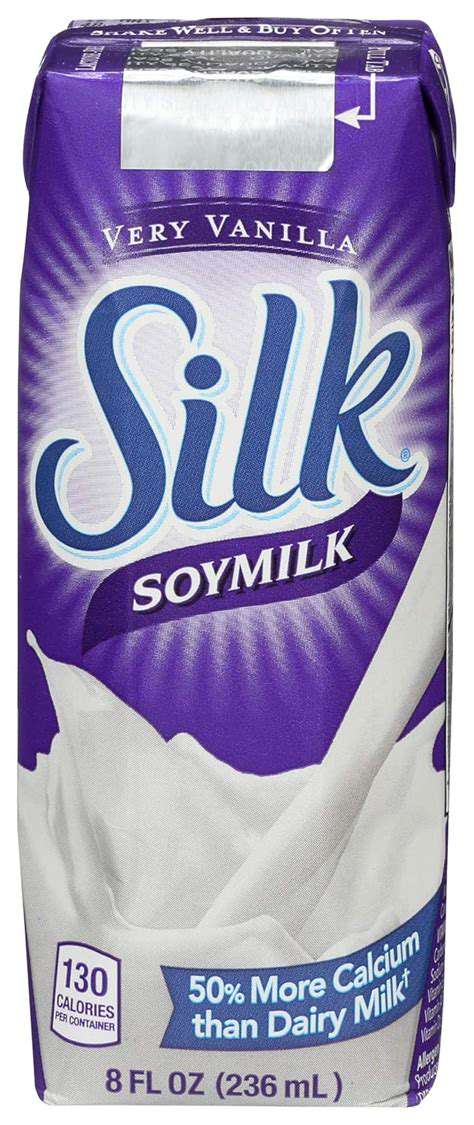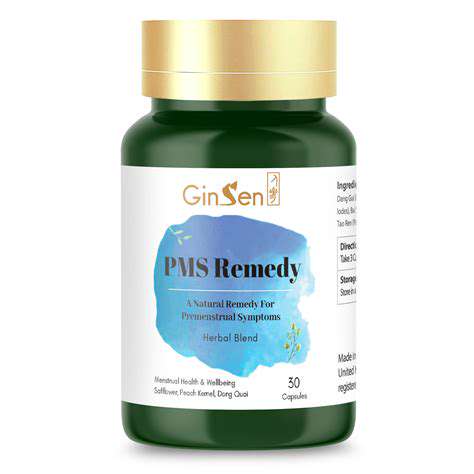Dairy Free Milk Alternatives: A Comparative Guide
Oat Milk's Rise in Popularity
Oat milk has experienced a phenomenal surge in popularity in recent years, rapidly becoming a go-to dairy-free alternative for consumers seeking a versatile and delicious option. Its smooth texture and neutral flavor profile make it a perfect addition to countless beverages and culinary creations, from lattes and smoothies to oatmeal and baking. This rise in popularity is largely due to its accessibility, affordability, and the growing awareness of the environmental benefits of plant-based milk alternatives.
Nutritional Profile of Oat Milk
Oat milk generally provides a decent source of nutrients, although it's important to note that the exact nutritional content can vary depending on the brand and processing methods. Many varieties are fortified with vitamins and minerals, particularly calcium and vitamin D, making them a nutritionally complete alternative to cow's milk. However, it's crucial to check the label to understand the specific nutritional profile of the oat milk you're considering.
While it can be a good source of fiber and some protein, it's not a complete protein source. For a balanced diet, it's best to incorporate other plant-based protein sources into your meals.
Oat Milk in Culinary Applications
Oat milk's versatility extends beyond beverages. Its creamy texture and mild flavor make it a fantastic ingredient in a wide array of culinary applications. Use it as a base for smoothies, a replacement for cream in soups or sauces, or even as a component in baked goods. Its ability to absorb flavors makes it a fantastic blank canvas for various culinary creations.
Environmental Impact of Oat Milk Production
Compared to dairy milk, oat milk often boasts a smaller environmental footprint, particularly regarding water usage and land use. This is a significant factor for environmentally conscious consumers. However, the environmental impact can still vary greatly depending on the specific farming practices and processing methods employed by different manufacturers. Consumers should research and compare the environmental impact of different oat milk brands to make informed choices.
Oat Milk vs. Other Dairy-Free Alternatives
Oat milk stands out among other dairy-free alternatives due to its unique characteristics. Its texture is often described as smooth and creamy, a quality that many consumers find appealing. Compared to almond milk, which can sometimes have a slightly bitter aftertaste, oat milk offers a more neutral flavor profile, making it suitable for a wider range of applications. Soy milk, another popular option, may have a slightly beany taste that some find off-putting, while oat milk offers a more subtly sweet flavor.
Choosing the Right Oat Milk for Your Needs
With a variety of oat milk brands available, consumers have a wide range of choices. Factors such as taste, nutritional content, environmental impact, and price should all be considered when making a purchasing decision. Reading labels carefully, researching different brands, and considering personal preferences are essential for selecting the ideal oat milk that best suits individual dietary needs and preferences. It's also important to check for added sugars and artificial ingredients, as these can vary significantly between brands.
Integrating new features or functionalities into existing applications often requires significant development effort. Leveraging pre-built APIs (Application Programming Interfaces) can significantly reduce this burden and accelerate the development process. APIs provide a standardized way for different software systems to communicate and exchange data, eliminating the need to reinvent the wheel for common tasks. This approach not only saves time and resources but also improves the overall efficiency and maintainability of the application.












